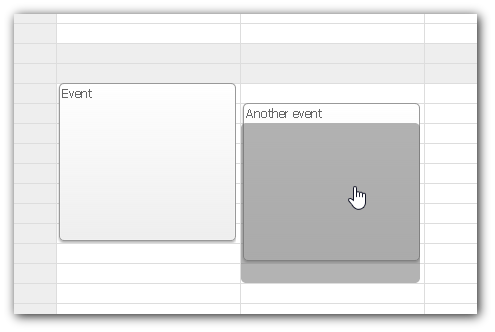


MISSING_RANGEN_FOR_ RELATIVE_DATE_FILTERS The minSize field is missing in Sheet.changeSizeAsync() when specifying SheetSizeBehavior.ATLEAST.Įither or both of the minSize or maxSize fields is missing in Sheet.changeSizeAsync() when specifying SheetSizeBehavior.RANGE. The maxSize field is missing in Sheet.changeSizeAsync() when specifying SheetSizeBehavior.ATMOST. The URL specified in the Viz class constructor is not valid. The name of the parameter is specified in the ssage field.Īn invalid date value was specified in a lectMarksAsync() call for a date field.Ī field was specified in a lectMarksAsync() call that does not exist in the data source.Īn invalid value was specified in a lectMarksAsync() call.Ī negative size was specified or the maxSize value is less than minSize in Sheet.changeSizeAsync().Ī behavior other than SheetSizeBehavior.AUTOMATIC was specified in Sheet.changeSizeAsync() when the sheet is a Worksheet instance. Contact Tableau Support.Īn invalid aggregation was specified for the filter, such as setting a range filter to "SUM(Sales)" instead of "Sales".Īn operation was attempted on a custom view that does not exist.Īn invalid date was specified in a method that required a date parameter.Ī filter operation was attempted on a field that does not exist in the data source.Įither a filter operation was attempted on a field that does not exist in the data source, or the value supplied in the filter operation is the wrong data type or format.Ī filter operation was attempted using a value that is the wrong data type or format.Ī parameter is not the correct data type or format. The permissions on a workbook or a view do not allow downloading the workbook.Īn error occurred while attempting to perform a filter operation.Īttempted to switch to a sheet by index that does not exist in the workbook.Īn error occurred within the Tableau JavaScript API. The browser is not capable of supporting the Tableau JavaScript API. Here's a list of the different exceptions that the API can throw:
Javascript download event code#
This is already defined on the standard Error object, but the message will contain aĭescription of the exception that the API code specifies. Without having to parse the error string. This allows you to uniquely identify the error Shortcut for then(null, errback).Ĭlass is not a real class, but simply adds an id field to the standard JavaScriptĮrror object when an exception is thrown from Registers a callback that will be called when a promise is resolved or rejected. The errback function is called when there is an error. The callback function is called on success. Then(callback: Function, errback: Function)Ĭreates a link in the asynchronous callable chain.

The Tableau JavaScript API implements the Promises/A (Link opens in a new window) specification. Represents a promise to return a value from an asynchronous method in the future. The exception of VizManager, because that's a static class and always accessible.Īsynchronous and Error Classes Promise Class Note that there's always a way to traverse back up the containment hierarchy with parent pointers. The following class diagram shows the relationships between the top-level classes, as well as the inheritance hierarchy for the Sheet, Dashboard, Story and Worksheet classes. Tableau does provide support for potential bugs in the Tableau JavaScript API code itself, and for unmodified sample code that isn't working. For help with your code, submit questions and ask for help on the Tableau developer community forums. Tableau does not provide support for programs that customers create that use the Tableau JavaScript API. Protected variables or method start with an initial underscore ( _ ) character, indicating that it should not be referenced by the programmer. Namespaces, methods, parameters, and variables use camelCase (initial lower-case letter, with each subsequent word capitalized).Ĭonstants and enum values use UPPERCASE multi-word names use UPPERCASE_UNDERSCORE_DELIMITED. Tableau's JavaScript API follows these JavaScript standards for formatting names:Ĭlasses use PascalCase (initial capital letter, with each subsequent word capitalized). For more information, see Access the API. To use the JavaScript API, you just specify the URL to the JavaScript API file in your web page. The JavaScript API files are located on the server (including Tableau Online and Tableau Public). This section describes classes and methods of the Tableau JavaScript API.


 0 kommentar(er)
0 kommentar(er)
